
Ekaterinburg has several historical claims to fame. It was and is a mining center near the mineral-rich Ural mountains. It is the place where in 1918 the communist revolutionaries under the direction of Yakov Sverdlov executed the last Tsar and several members of his family. Sverdlov died in 1919, and in 1924 Ekaterinburg was renamed Sverdlovsk. During the Soviet period many arms factories were located in Sverdlovsk, so the city was closed to foreigners and even to Russians who did not have special permission to visit. In the 1970s Boris Yeltsin was governor of Sverdlovsk. In 1991 the city decided to change its name back to Ekaterinburg, though some traces of the old name remain.
This plaque, near the central post office, bears the name Sverdlovsk, and shows the position of the city near the South end of its region, which is still called the Sverdlovsk Oblast.

Here is a statue of Sverdlovsk.


My observation is that the Russians have not been very interested in erasing the Communist past. This seems to me to be different from Mongolia where, other than the destruction of religious buildings, I have seen very little evidence of past Communism. In Irkutsk, the two main streets are still named after Marx and Lenin, and one of the main streets in Ekaterinburg is also named after Lenin. City Hall in Ekaterinburg faces a prominent statue of Lenin.


I believe the sculpture in the next picture represents the order of Lenin awarded to Sverdlovsk during WWII, and still stands on the little dam at the center of the city.

That dam on the Iset river forms a little pond on the North side of the center.



In former times, the little waterfall formed by the dam was used to power an iron forge.

Ekaterinburg was founded in 1723 (well after Irkutsk). Even before the railroad, the postal road that connected Siberia to Moscow went through Ekaterinburg, so all of the exiles in the 1800s had to travel through here. Near the dam is a monument to the the founders of Ekaterinburg, Tatishev and de Gennin.

In the late afternoon, the monument turns into a skateboard park.

Also nearby is the tiny and beautiful little chapel to St. Catherine.

As usual, no pictures were allowed inside, but to give an idea of its size, there was a man inside selling candles. His chair and table occupied about a quarter of the interior space. The table was not particularly large, and neither were the man or the chair.
Also near the square is a very colorful building. Although it was originally built as a private residence, it now houses the trade unions.


There are many interesting buildings in Ekaterinburg. Well-off families from 100 years ago would build a two-story house, with the lower level built of brick and reserved for the business, and the upper level built of wood and reserved for the family.


This is the building of the first city theater.

The building of the first city theater is no longer used as a theater, but across the street is a newer music hall that is in use.

In the nearby writers' quarter are several unusual buildings, at least one of them apparently quite old.


And I liked this mural.
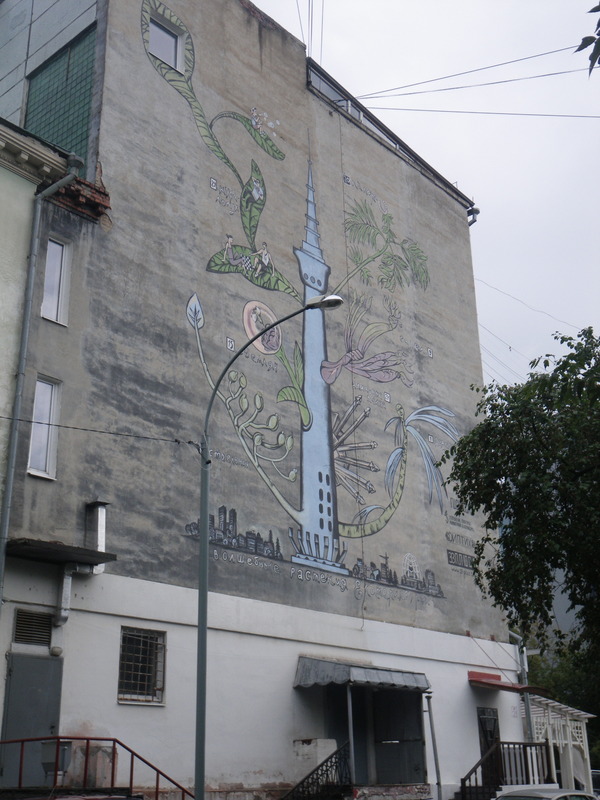
During the 1930s the city of Sverdlovsk was a pioneer in building communal buildings (apartment blocks). I have seen the inside of two of them, and the hallways in both looked like this. Personally, I find the hallways depressing, whereas inside the apartments looked quite good.



The heat is centralized in these apartment blocks. The place where I stayed had no hot water, because they were working on the hot water supply somewhere outside the building. In a cold place like this, most such work has to happen during the summer if at all possible.
There is also one street, Ulitsa Sverdlova, that reminds me a little of a 1950's science fiction movie.


Fortunately, there are plenty of better looking buildings.



The next two pictures show the old railroad station and a nearby chapel.
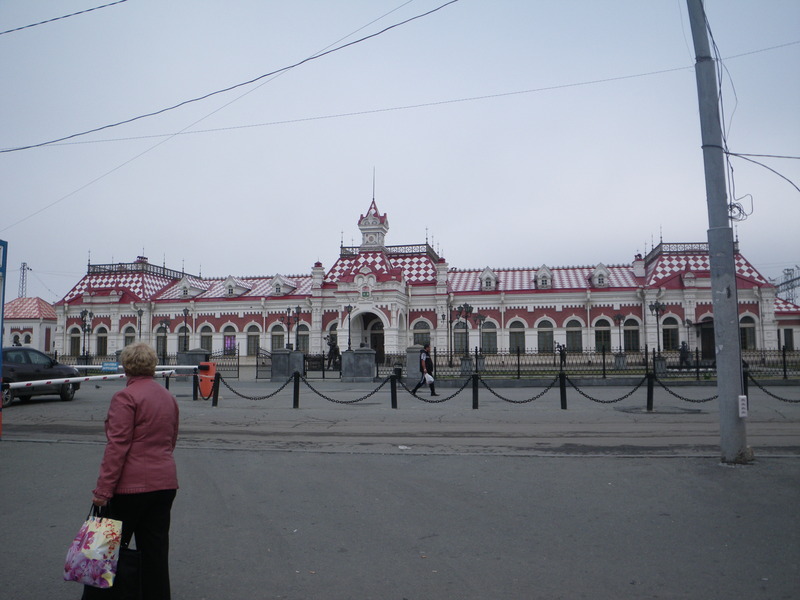
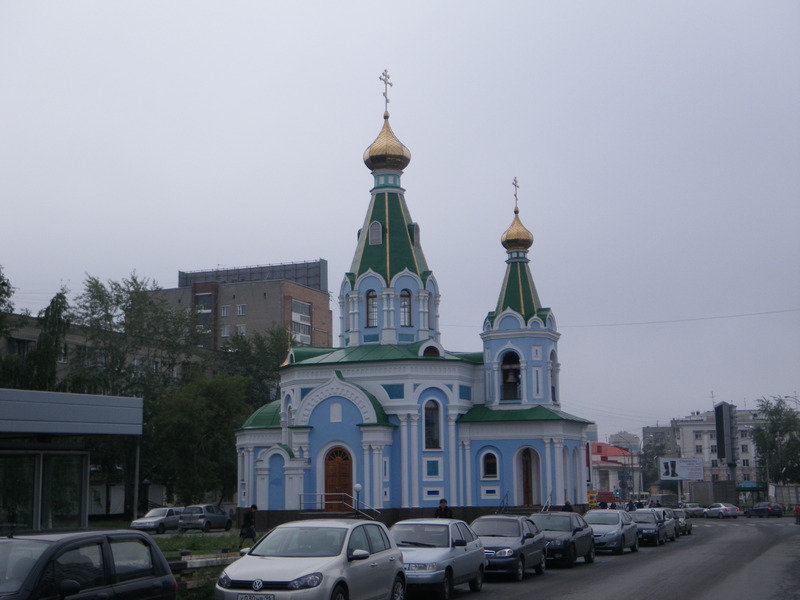
The site where the Romanov were killed was demolished in the 1970s by governor Boris Yeltsin, who feared that monarchists might turn it in to a shrine. Those who know recent history are familiar with Boris Yeltsin as the man who faced down Soviet tanks in Red Square, and eventually became the first president of Russia. Ekaterinburg is proud of its native son, and has named a street after him.

It turns out that Boris Yeltsin was right about the Monarchists. After the Soviet Union ended in 1991, the site where the Romanov were killed has turned into a shrine.
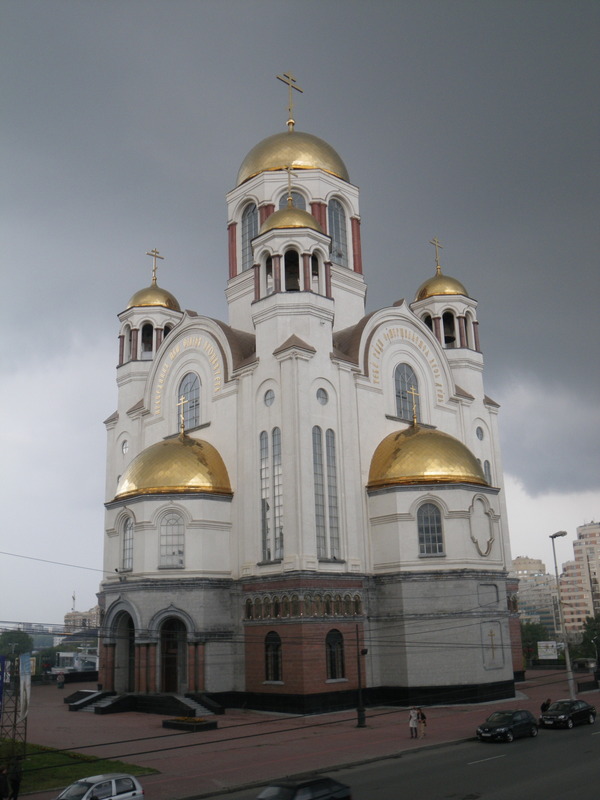



The inside of the shrine is interesting. It contains three little churches, side by side. The only other place I've really noticed buildings inside buildings is at the Sydney Opera house, where the actual theaters are wooden buildings inside the concrete exterior.
As I guess is true in all Orthodox churches, women are supposed to cover their heads, and men are supposed to uncover theirs. I believe this was a recommendation in the letters of Paul the apostle.
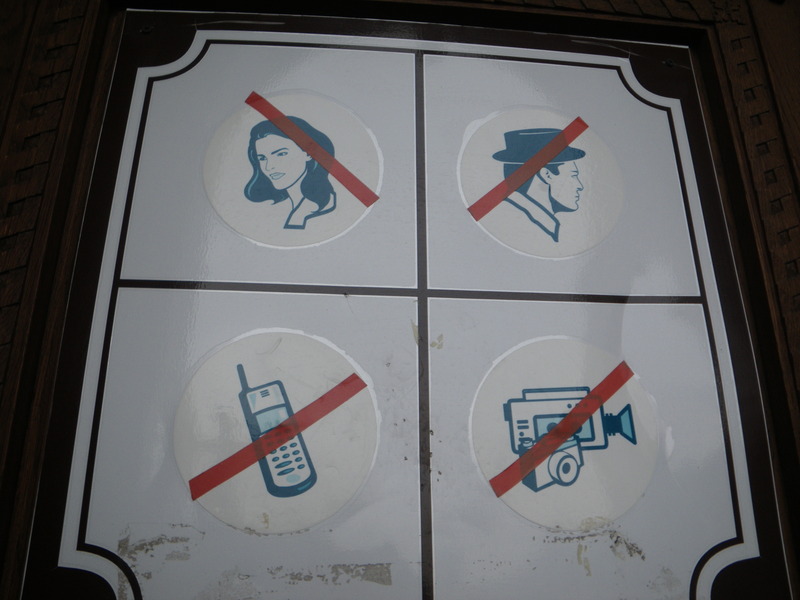
There is another shrine, that I did not visit, in the forest where the Romanovs' bodies were buried.
Instead, I took a little trip into the Ural mountains, which form the boundary between Asia and Europe. There are several tourist monuments like these.




From what I have seen, I would hesitate to call the Urals mountains, I rather think of them as low hills. However, I have only seen a small part of the Urals, so I am willing to believe there are some more mountainous parts. In any case, the area is nicely forested.



Although it is only the end of August, already some of the trees, bushes, and ferns are beginning to show fall colors.



There are many interesting sculptures around Ekaterinburg. Here are a few funny examples, including an extraterrestrial, a huge fire extinguisher outside a restaurant, a knight and a dragon, and a giant computer keyboard.





Interestingly, the name of the river is Iset, and I was told "set" means "network" in Russian. So, the river iNet.
More seriously, this is a memorial to the Afghan war.


The statue of the soldier has the powerful muscles of the traditional Communist heroic images, but his pose is anything but heroic.
On a different topic, I reported earlier about my confusing some of the words in Russian for words that would look similar using the Roman, but sound very different. Here is Internet in Russian:

On the topic of food, I had a good dinner eating Pelmeni, which to me look and taste very much like Italian tortellini. But this menu claims they are "Uralskie Pelmeni", or Pelmeni from the Ural.
